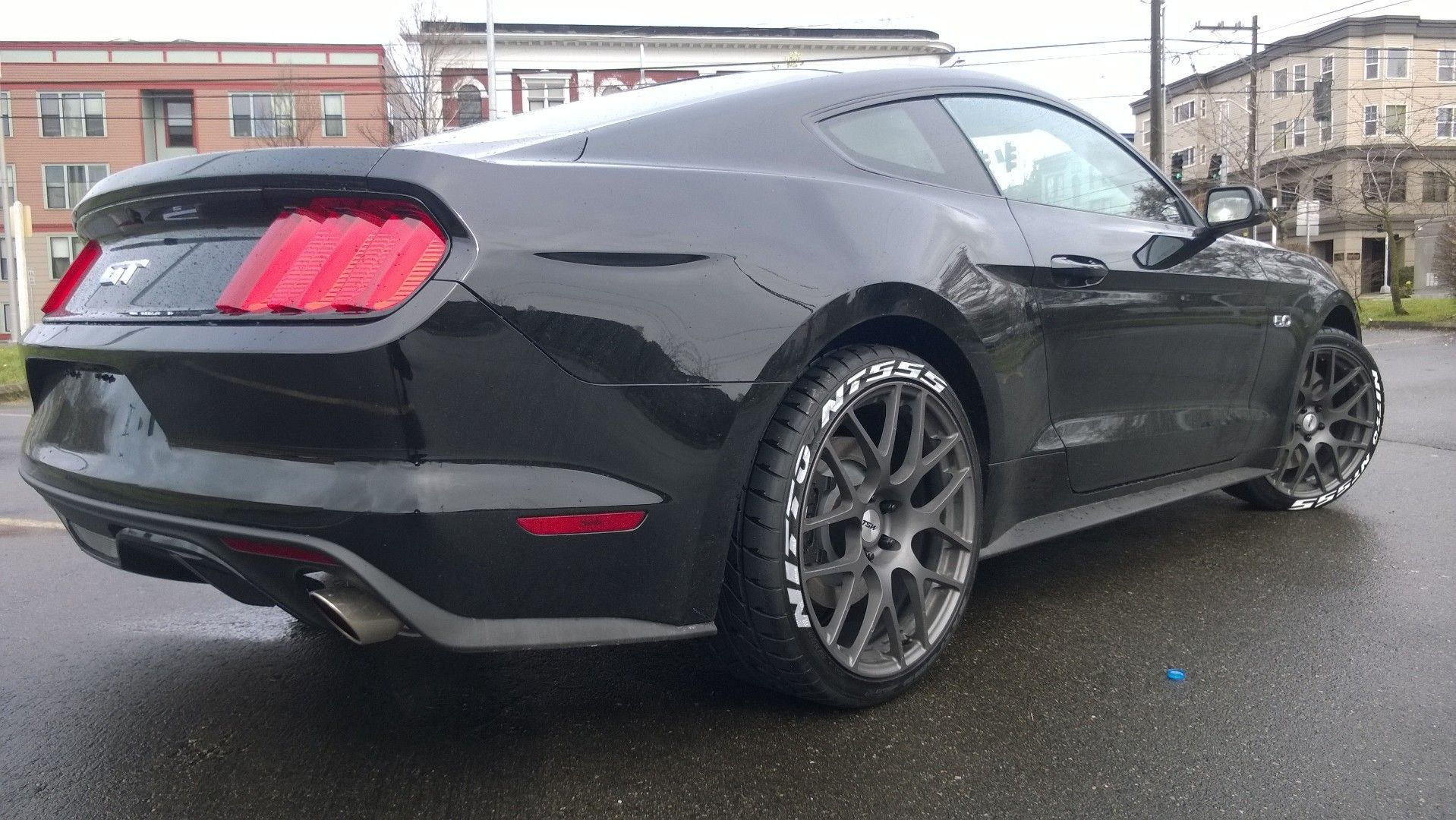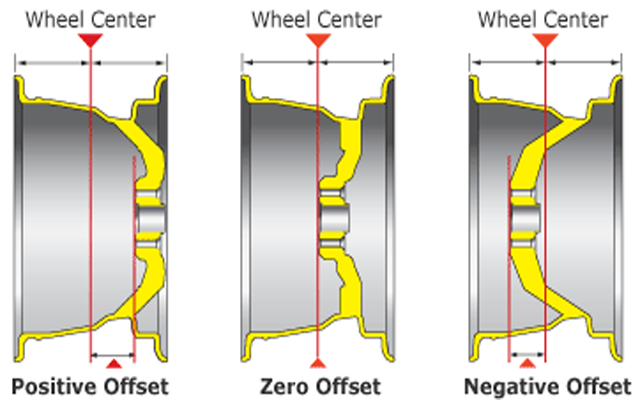Ford Mustang V6 and Mustang GT 1994-2014: Tire Modifications and Size Calculator
They connect your vehicle to the road, so don't cheap out.
This article applies to the Ford Mustang V6 and Mustang GT (1994-2014).
A new set of tires for your Mustang can improve not only the looks, but performance, handling, and fuel economy as well. But what will fit your Mustang? This article has all the pertinent info you need to know before dropping your hard earned cash on a set of tires.
There are several types of tires to choose from: summer tires, all-season tires, snow tires, and even drag radials that are (barely) street legal. Depending on how you use your Mustang, where you live, your budget, and what your needs/wants are, there is a tire out there for you.
Determining Tire Need
Is your Mustang your daily driver, or is it a weekend warrior that sees track and street duty? Do you drag race or auto cross? Do you live in a snowy climate, or an area that rarely sees rain? These are all pertinent questions to ask yourself before you begin shopping for tires. Most Mustang owners will choose summer tires because they want performance and aren't worried about wet conditions because they have another daily driver. But if your Mustang is your daily driver, you must take these things into consideration. Driving in snowy or consistently rainy conditions is possible with summer tires, but it isn't ideal.

Understanding Tire Sizes
Outside of tire design, size is the most important consideration when shopping for a set of tires. You must obviously choose a tire that will fit your car, but size also plays a large part in how the car will perform and its appearance. Generally, enthusiasts want to fit the widest tire possible underneath their Mustang to get the meanest look and the best handling, but too big of a tire can cause damage to the tire and the car itself.
Mustangs come with a variety of wheel and tire sizes, depending on what model and year you have. As a general rule, the widest tire you can fit under modern Mustangs is 9.5" in the front and 10.5" in the back; although, this will vary based on what model you own. The best way to ensure a tire will fit your application is to take measurements first.
Tires come marked with their size and ratings, which generally looks something like this: 225/45R17. The first number (225) indicates the tire's section width in millimeters, which is measured from sidewall to sidewall. The second number (45) is the tire's aspect ratio, which is the percentage of the sidewall's section height compared to the section width. To calculate section height, multiply the section width by the aspect ratio as a percentage (225 x 0.45 = 101.3mm).
In this example, "R" indicates that this is a radial tire, and 17 is the diameter of wheel that the tire will fit, which in this case is 17".

Choosing the Right Tires
Mustangs from 1994 to 2014 have been sold with wheels and tires ranging from 16" all the way up to 20". If you want to mount bigger wheels and tires, you most certainly can do so within this range. You must keep in mind, however, that choosing too big of a tire could cause some issues with rubbing both under normal driving and/or when turning corners.
Offset is something to keep in mind if you are upgrading your wheels along with your tires. A wheel with zero offset has the hub mounting surface of the wheel even with the center of the wheel. A positive offset means that the hub mounting surface is closer to the front of the wheel, and a negative offset sees the hub mounting surface moved closer to the rear of the wheel.
Be sure and take appropriate measurements before purchasing wheels and tires, as offset can make all the difference in how they fit and perform in your Mustang. Also, keep in mind that changing the diameter of your wheels and tires will affect the accuracy of your speedometer, so be sure and have it re-calibrated if you change the overall size of both.

Related Discussions
- Mustang Tire Chart Size - MustangForums.com
- Tire and Rim Size Calculator - MustangForums.com
- Best Mustang Tires - MustangForums.com






